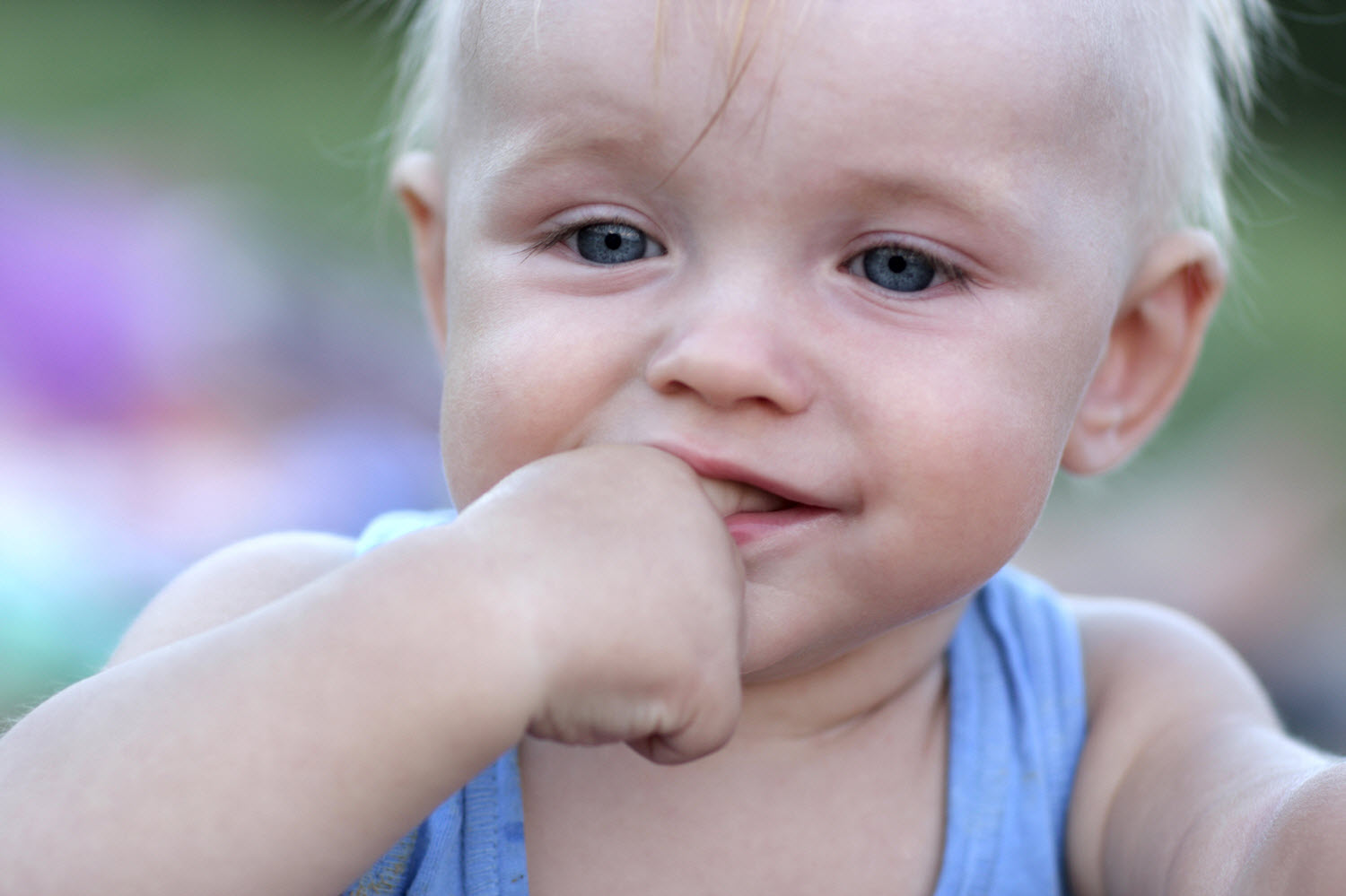Discovery Point Blog

Understanding Why Your Child Bites and How to Stop It
As a parent, you’re probably prepared to deal with a wide range of difficult situations as your child grows and develops. From potty training to temper tantrums, there are a number of stages that you’ll be helping your child navigate. Yet you may not be so prepared for what is often a common behavior in youngsters: biting.
Rather than treating biting as a phase your child will one day grow out of, it’s best to understand where this behavior comes from and how you can teach your child to refrain from biting.
Getting to the Bottom of Biting
Hearing that your child has been biting their friends, schoolmates, or teachers can bring about significant worry, especially since this behavior can cause your child to get banned from childcare centers or left out of fun social events. However, you don’t have to panic if you receive news that your child has been sinking his or her teeth into more than snacks and toys. This behavior is fairly typical between the ages of 1 and 3 years old, and its origins are relatively well understood.
Here are just a few of the reasons why your child may be biting:
- To reduce the pain of teething. Teething can cause babies’ gums to become swollen and tender, and biting can offer some relief from this discomfort.
- To explore the world around them. It’s no secret that young children bite objects that they find interesting. They use their mouths as an extension of their hands, helping them understand the different shapes and textures of items they pick up—including the fingers and hands of others.
- To get a reaction. As toddlers begin to understand cause and effect, they often like to see what kinds of reactions they can get from different actions. Because biting can result in exclamations of surprise from their victims, toddlers may enjoy the reaction that biting produces without understanding the pain they’re causing.
- To gain attention. Once children realize that biting can help them get much-wanted attention, they may use this action to put the spotlight on themselves when they feel ignored.
- To express emotions. Children who have trouble communicating their emotions through words may use aggressive behavior like biting to express how they’re feeling. For example, your child may bite another child who is bothering them or who has taken their favorite toy. They may also use biting to show adults that they are unhappy.
Steps to Take When Your Child Starts Biting
Once you understand why your child may have developed a biting habit, it’s time to take specific measures to get this behavior to stop:
1. Don’t wait to address biting. Toddlers have an extremely short attention span and aren’t always able to connect past actions to current consequences, making immediate feedback a must. While you may be hesitant to discipline your child when he or she is surrounded by others, it’s important to make a clear connection between their behavior and your reaction in a timely fashion.
2. Keep calm! Remember, biting isn’t abnormal in children, and your child probably doesn’t understand why it’s wrong to bite. Avoid overreacting, and do your best to stay calm in the moment. Most importantly, never bite your child back! Children learn by mimicking behavior that they see or experience. If you bite them back to “teach them that it hurts”, you are giving them the message that biting is acceptable.
3. Address the behavior with clear, precise language. Use simple and direct language that your child can understand, such as “Don’t bite!” If you attempt to give your child a long explanation about why they shouldn’t bite, you may find that you’re muddying the issue rather than making it clearer.
4. Provide alternatives to biting. Depending on the situation, your child may benefit from learning about acceptable alternatives to biting. Remind your child to use their words to communicate with others, rather than aggressive actions. You may also want to consider how you can build in breaks during highly stimulating activities that could cause them to feel overwhelmed and lead to lashing out.
5. Offer a positive form of distraction. Once the issue has been dealt with, redirect the child’s attention in a positive way by suggesting playing a game, dancing, coloring, or another activity that he or she enjoys.
What If the Biting Doesn’t Stop?
In general, children tend to stop biting by the age of 3 or 4. If your child continues to bite after this age, or if you feel that this behavior is only getting worse after trying the above steps, reach out to your child’s doctor who can assess whether there is an underlying issue behind your child’s actions.
In most cases, biting subsides as children learn to communicate more effectively. Until then, maintain a consistent “no biting” rule and do your best to stay calm when biting does occur.


